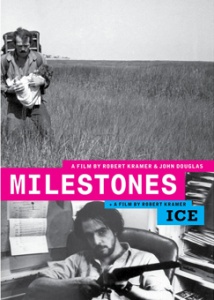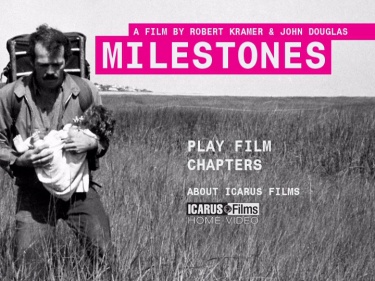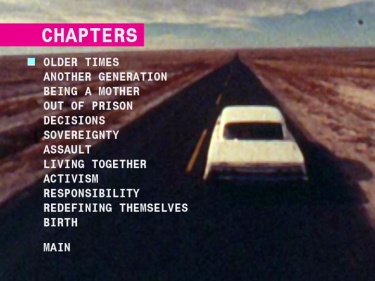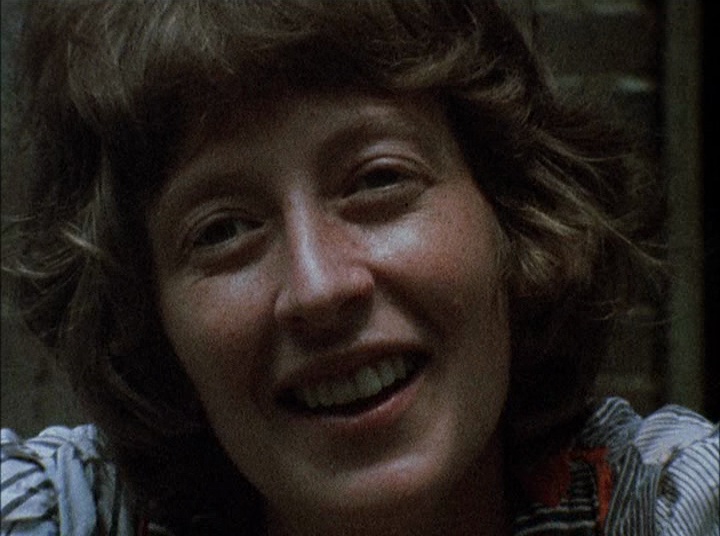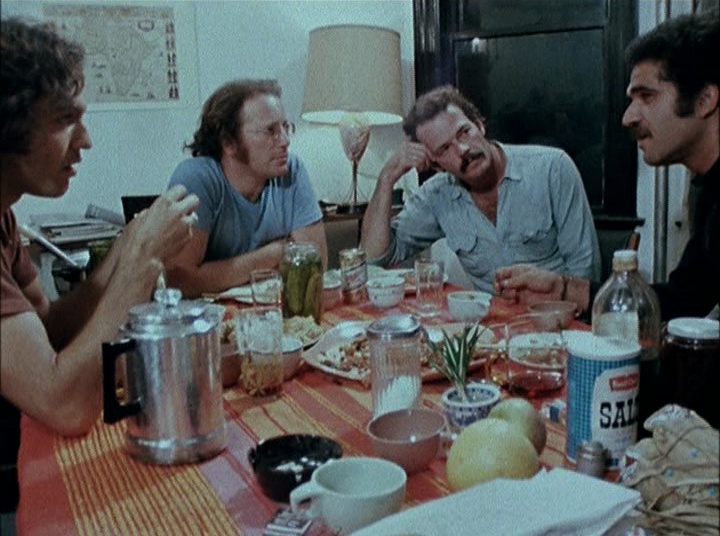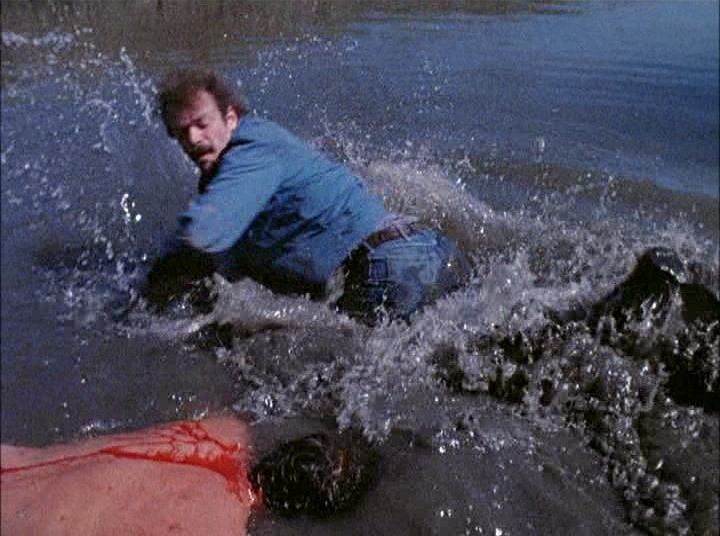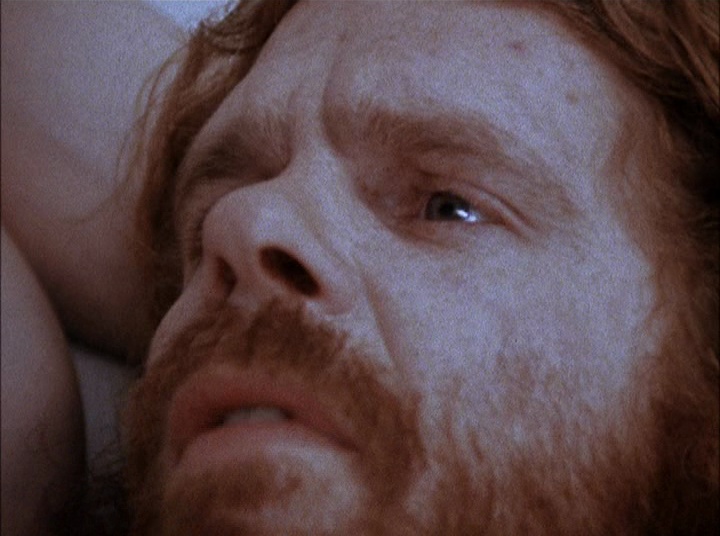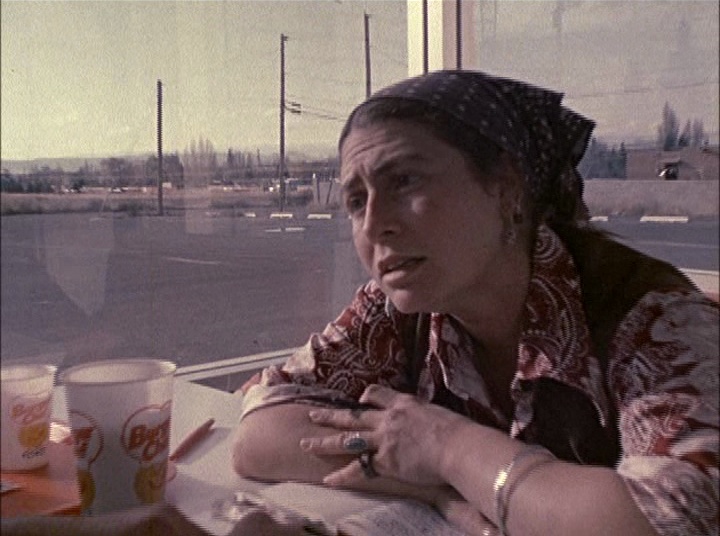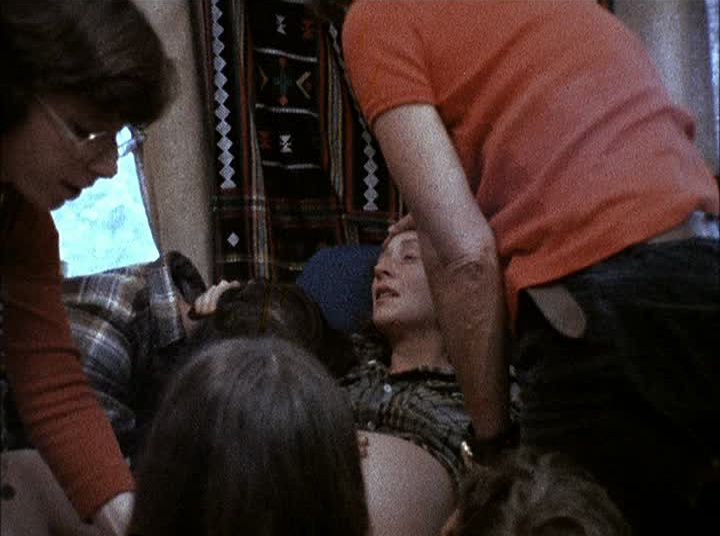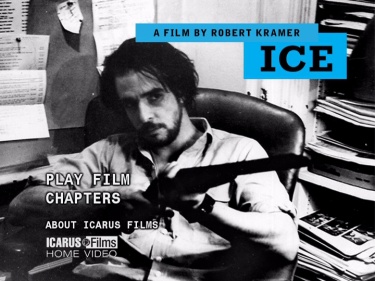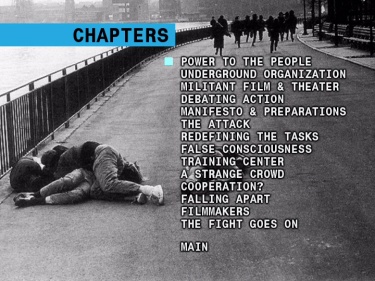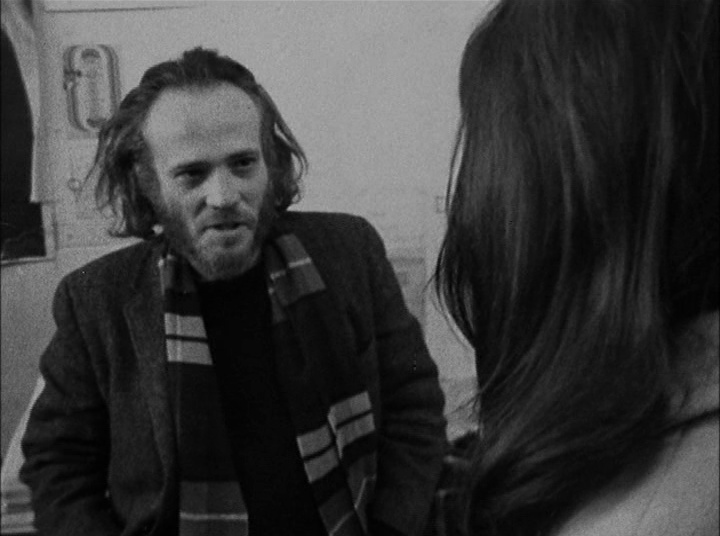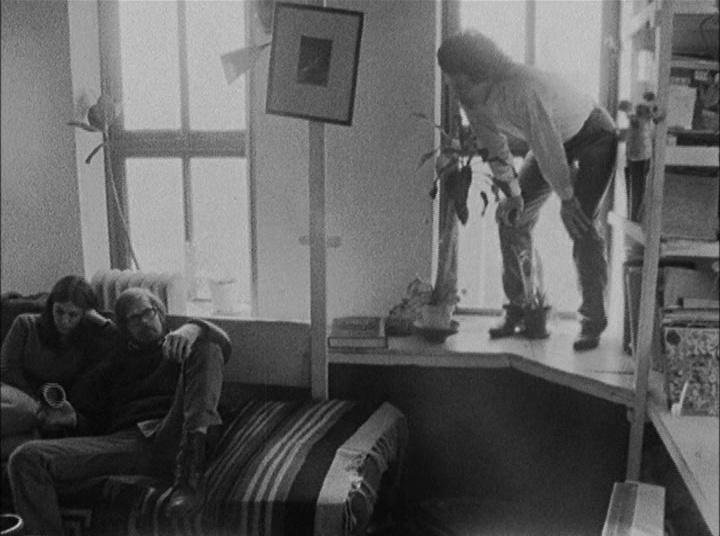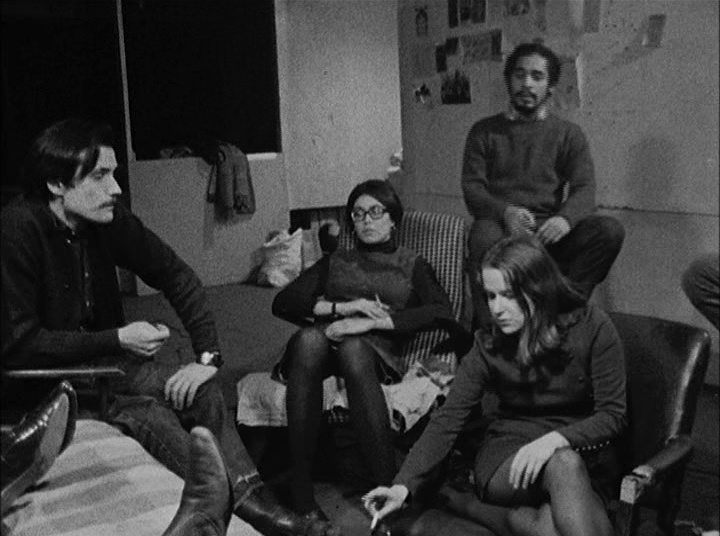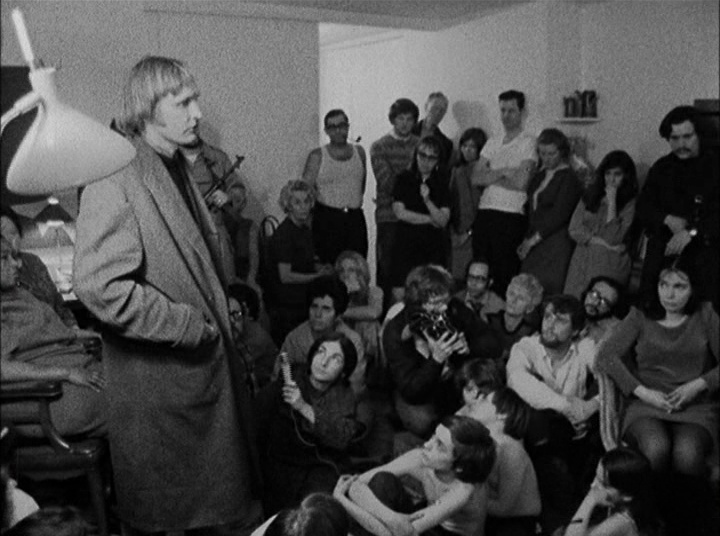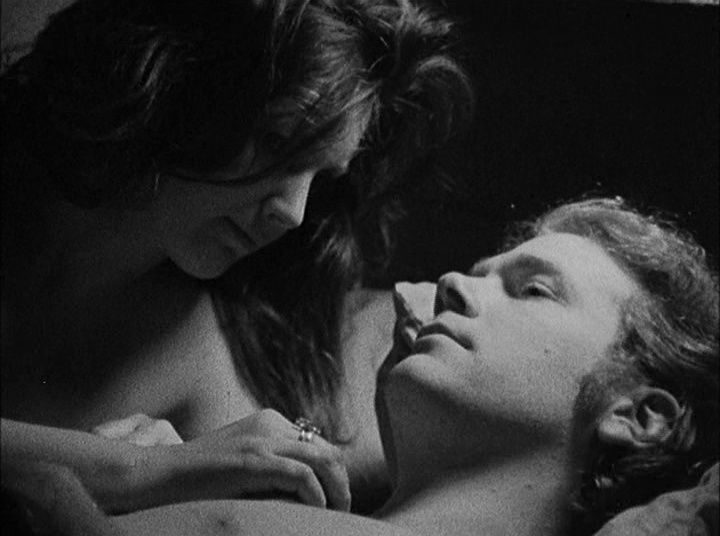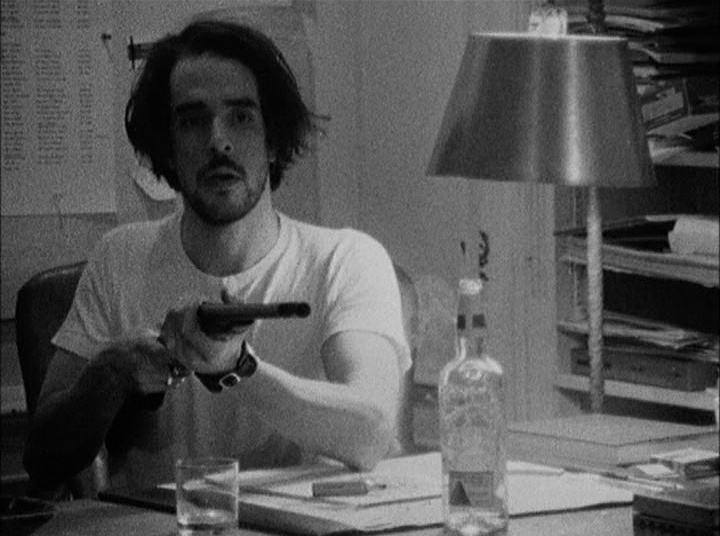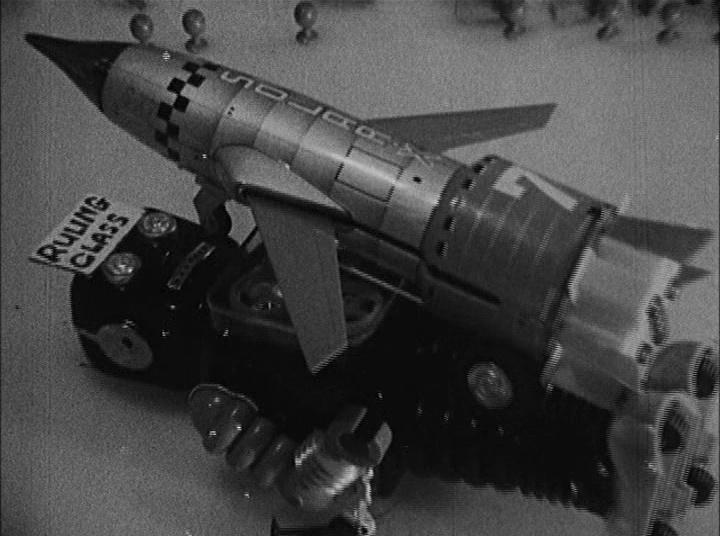![]()
![]()

![]()
![]()
|
Search DVDBeaver |
S E A R C H D V D B e a v e r |
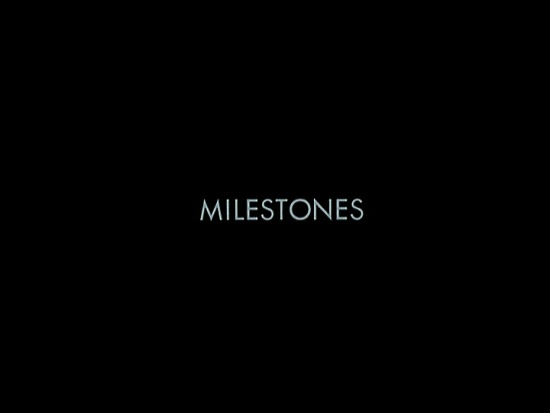
directed by Robert Kramer and John Douglas
USA 1975
|
Helen, a former stay-at-home widowed single mother spreads her wings and becomes an activist filmmaker. One of her daughters Karen seeks a new direction in life by having a baby, while her other daughter Elizabeth has abandoned husband and children in search of herself. A woman just released from jail becomes an advocate for female prisoners. Peter, a man just out of prison after a stint for transporting draft-dodgers across the border finds himself numb to outside life and ventures into the desert in search of a new kind of existence. A couple who have raised their child in a commune venture to the city in search of a less isolated yet still communal existence, while a father wants to reconnect on a familial with his toddler son who has been largely raised communally. And Terry, a GI with debts and anger issues, is unable to accept the hospitality of communal roommates and chooses instead to be a drifter (and occasional burglar). These are some of the inhabitants of Robert Kramer's and John Douglas' sprawling yet intimate narrative of post-sixties life where support groups have eroded and communes - both in the city and the country - have become almost isolationist, and many of the characters try to stay true to their beliefs while acting on them differently with uncertain degrees of success. Some are looking inwards (Karen and Elizabeth have come to understand the situation their mother was left in when her husband was killed in WWII, while Helen envies their ability to act on their feelings), while others like Peter look beyond what they once knew: after learning that Terry has been killed, his potential roommates reflect on their inability to help him and his isolation while one of them comments that they are equally isolated by choosing to be with people who are the same as they are, and trying to convert other people to their lifestyle (Terry could not even consider sharing his burdens - financial and emotional - with them despite their assurances that they would find a way to help him). The 3+ hour running time may seem daunting, but it is an absorbing viewing (minus the birth footage). The acting is sometimes stiff but earnest and dialogue involving (it is almost easy to forget that this is a scripted and half-improvised film until the camera documents an attempted rape without intervention, and then intercuts with the growing awareness of the victim's would-be rescuer). The non-linear editing style of some sequences involving Peter's spiritual journey and Terry's drifting horrors - as well as other explosions of sudden violence - recall less Nicholas Roeg and more Donald Cammell (a la PERFORMANCE and WHITE OF THE EYE), but John Douglas' and Robert Kramer's narrative is more exploratory than symbolic with some threads left completely open and others (like Karen's childbirth which closes the film) optimistic but uncertain. |
Posters
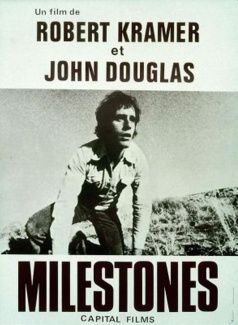 |
Theatrical Release: 8 October 1975 (USA)
Reviews More Reviews DVD Reviews
DVD Review: Icarus Films - Region 1 - NTSC
Big thanks to Eric Cotenas for the Review!
| DVD Box Cover |
|
CLICK to order from:
|
| Distribution |
Icarus Films Region 1 - NTSC |
|
| Runtime | 3:18:12 | |
| Video |
1.33:1 Original Aspect Ratio |
|
|
NOTE: The Vertical axis represents the bits transferred per second. The Horizontal is the time in minutes. |
||
| Bitrate |
|
|
| Audio | English Dolby Digital 2.0 mono | |
| Subtitles | none | |
| Features |
Release Information: Studio: Icarus Films Aspect Ratio:
Edition Details: Chapters 12 |
|
| Comments |
Transferred from a 2008 restoration of the original 16mm reversal, MILESTONES sports a nice representation of the original variable cinematography with no evidence of digital manipulation; however, the encoding is unfortunately interlaced. The Dolby Digital mono audio is clean and the dialogue is always clear. A scant twelve chapters have been encoded for the 3+ hour film, and there are no other extras on the disc. The accompanying booklet features essays about co-director Robert Kramer (some of his later films sound just as intriguing) and some journal entries made during the shooting. |
DVD Menus
|
|
|
Screen Captures
|
|
|
|
|
|
|
|
|
|
|
|
|
|
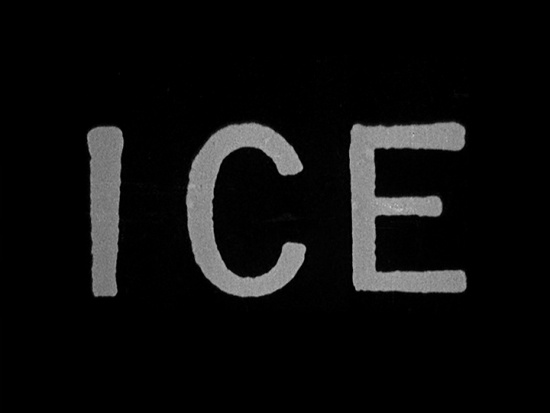
directed by Robert Kramer
USA 1969
|
The National Committee of Independent Revolutionary Organizations has determined that the time is coming for armed combat against the state (distinguished from previous acts of terrorism meant to simply expose the oppressive nature of the state) and are planning a Spring offensive; however, smaller groups want to mount regional offensives before that towards their own specific goals. ICE depicts the breakdown of a cause amidst differing interests, disenchanted members who feel unappreciated (this revolution has a lot of bureaucrats [and not those revolutionaries who are working in office buildings]) and those who feel they have no real role (couriers who feel like they are "playing cops and robbers"), artists and filmmakers tangling over how to express their message through film (we see didactic text throughout, hear drafts of narration, and see some hilariously pretentious and schlocky workprint of footage depicting a wind-up robot marked "ruling class" ploughing through a miniature city labeled "third world" and copulating with a missile), and various poseurs (including one guy hiding a wounded fugitive in an upscale apartment building seemingly more out of a desire to abuse his bourgeois parents than out of concern for safety of the wounded girl). Although press materials suggest that ICE is set in an Orwellian future, one wonders if the chilly, desolate feel are simply an effect of the filmmakers and their characters actually inhabited during this period (clandestine meetings in empty theaters, cramped apartments, coffee shops, and bookstores). The scenes in the offices filled with massive, now-primitive IBM computers may have suggested a futuristic setting to those who were not working with the technology, and the surveillance technology of the state - be it a futuristic one or of the period - may or may not have been sophisticated enough to justify the diligence of the couriers and the groups' interest in experimental scrambling technology. The result is not a propoganda film nor a parody of a revolution, and aspects of it are still relevant (especially in light of the inner and outer perceptions of the "Occupy" movement[s]). |
| Distribution |
Icarus Films Region 0 - NTSC |
| Runtime | 2:07:36 |
| Video |
1.33:1 Original Aspect Ratio |
|
NOTE: The Vertical axis represents the bits transferred per second. The Horizontal is the time in minutes. |
|
| Bitrate |
|
| Audio | English Dolby Digital 2.0 mono |
| Subtitles | none |
| Features |
Release
Information: Studio: Icarus Films Aspect Ratio:
Edition Details: Chapters 14 |
| Comments |
The black and white 16mm image is harsher in quality than the later MILESTONES, but the restoration faithfully retains the prevalent grain; however, the dual-layer encoding is interlaced. The mono audio is in good condition and the dialogue is always clear. There are no extras for film. |
DVD Menus
|
|
|
Screen Captures
|
|
|
|
|
|
|
|
|
|
|
|
|
|
| DVD Box Cover |
|
CLICK to order from:
|
| Distribution |
Icarus Films Region 1 - NTSC |
|
![]()
![]()

![]()
![]()
 Search DVDBeaver |
S E A R C H D V D B e a v e r |
